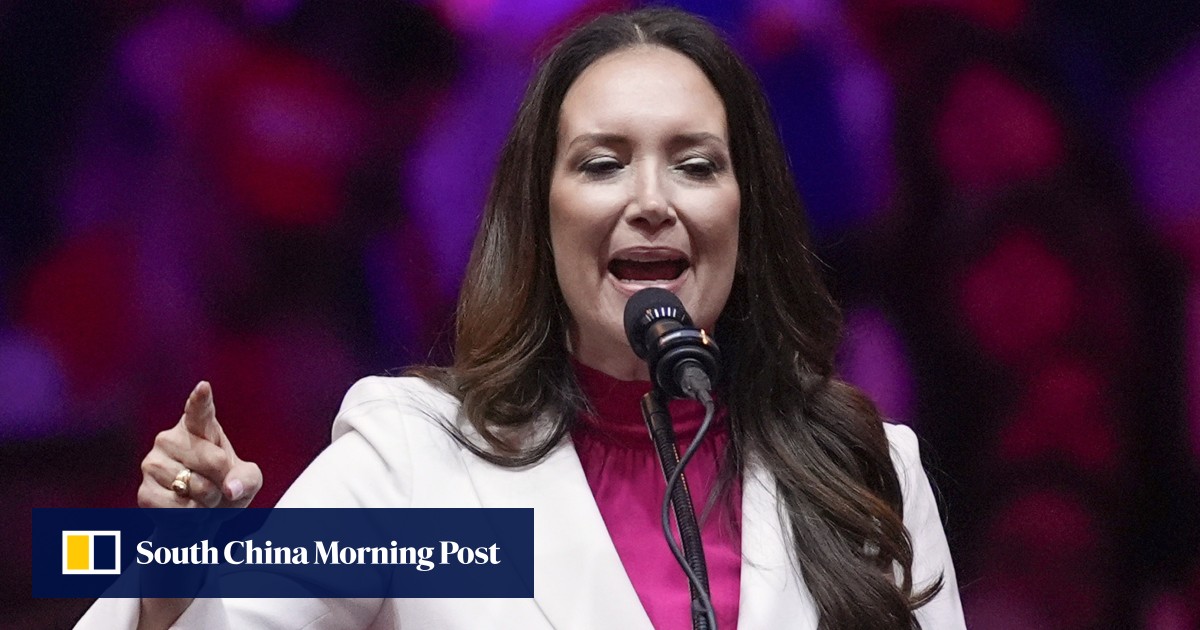World
US elections 2024: Which are 7 swing states that will decide fate of Donald Trump, Kamala Harris?

Early trends from the United States presidential elections 2024 show that Donald Trump and Kamala Harris are locked in a tight race for the White House. Victories in “Swing states” or “battleground states” with significant electoral votes could prove decisive.
What are swing states in the US elections?
These are states where either a Democratic or Republican candidate could win in a statewide election. Since these states do not traditionally favour the “blue” Democrats or “red” Republicans, they are known as “purple” states. With just one-fifth of America’s population, these states ultimately decide the next US president.
An American president is not just elected by popular vote but also needs to secure enough electoral college votes. The 47th President of the US needs to win 270 or more out of 538 electoral college votes.
For a live map of the US election results, click here
Each state in the US has a specified number of such votes. The College follows a winner-takes-all rule for the popular vote, giving the first candidate past simple majority all that state’s electoral votes.
Trump won the US presidency in 2016 by securing 306 electoral college votes. His victory in key “purple” states proved decisive, despite the Republican securing almost three million fewer votes than his rival, Democrat Hilary Clinton. Trump described his victory as beautiful.
This makes the aspiring presidential candidates focus on these “purple” states. Seven such states in this year’s election are – Pennsylvania (19), Nevada (6), North Carolina (16), Georgia (16), Arizona (11), Michigan (15) and Wisconsin (10).
How do the swing states differ?
Analysts expect many “undecided” or “independent” voters to decide the course of final results in these states. According to a Gallup poll, an average of 43% of US adults identified themselves as independents in 2023, tying a record high first reached in 2014. Of the nearly nine million registered voters in Pennsylvania, about 1.4 million identified themselves as independents.
Another factor influencing poll outcome in these states is voter turnout among minorities and women. The gender gap is particularly pronounced in several swing states, where women vote in higher numbers than men.
Thus, the two leading contenders spent a large sum on electoral campaigns in these states to sway undecided voters. According to a Reuters report, voters in these states have been bombarded with text messages, billboards, campaign visits, social media messages, and robocalls ahead of voting.
An analysis by ad-tracking firm AdImpact found that the Democrats and Republicans spent a major portion of their campaign funds in these states to sway voters.
Among swing states, Pennsylvania topped the spending list of parties with $264 million, followed by Michigan ($151 million), Georgia ($137 million), North Carolina ($109 million) and Arizona ($91 million). A surprising miss is the state of Florida, a major battleground in the past, where parties spent $240 million in 2020. The two parties spent $2.6 billion on campaign advertisements until November 1 this year.
(With inputs from agencies)










